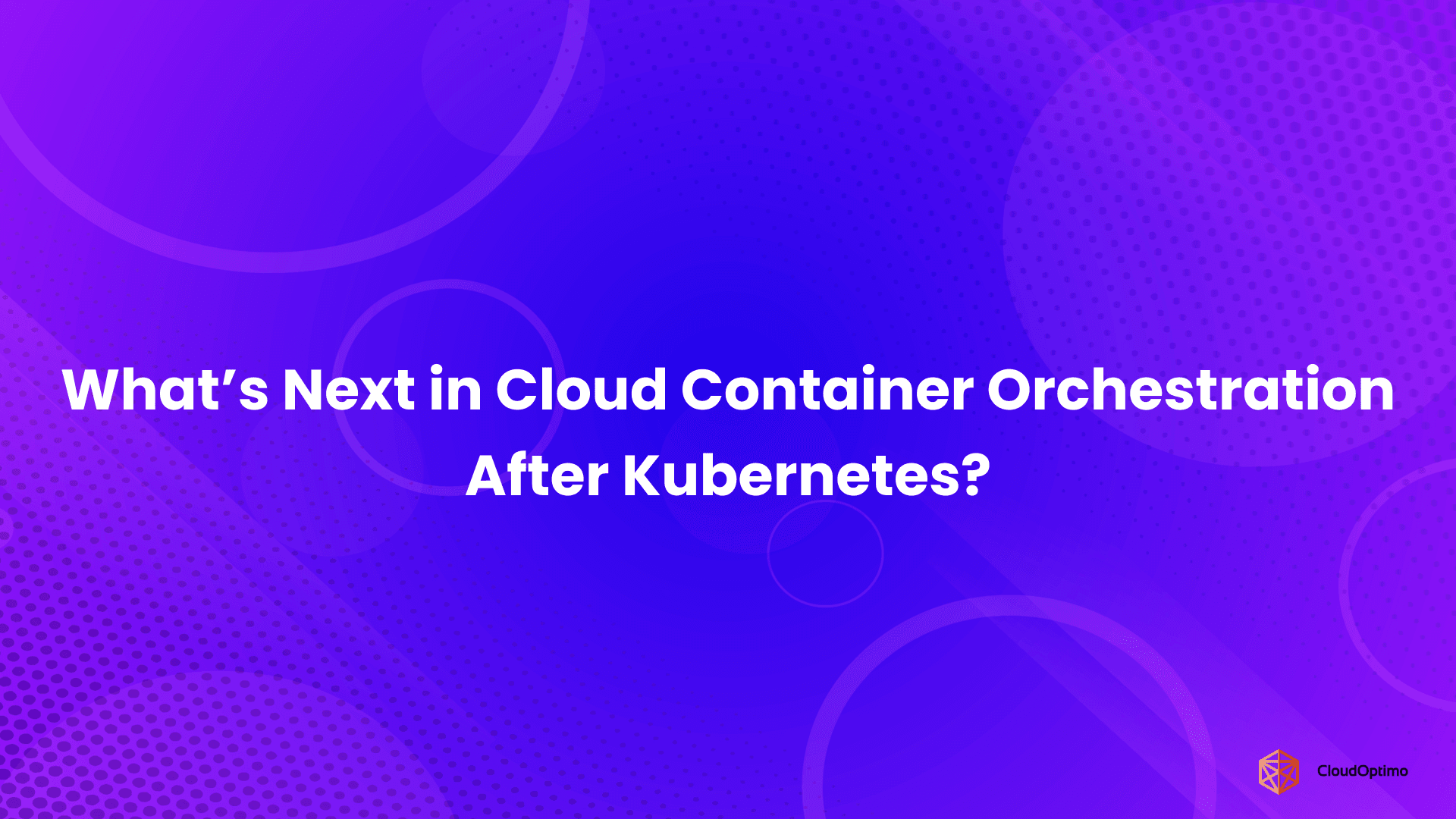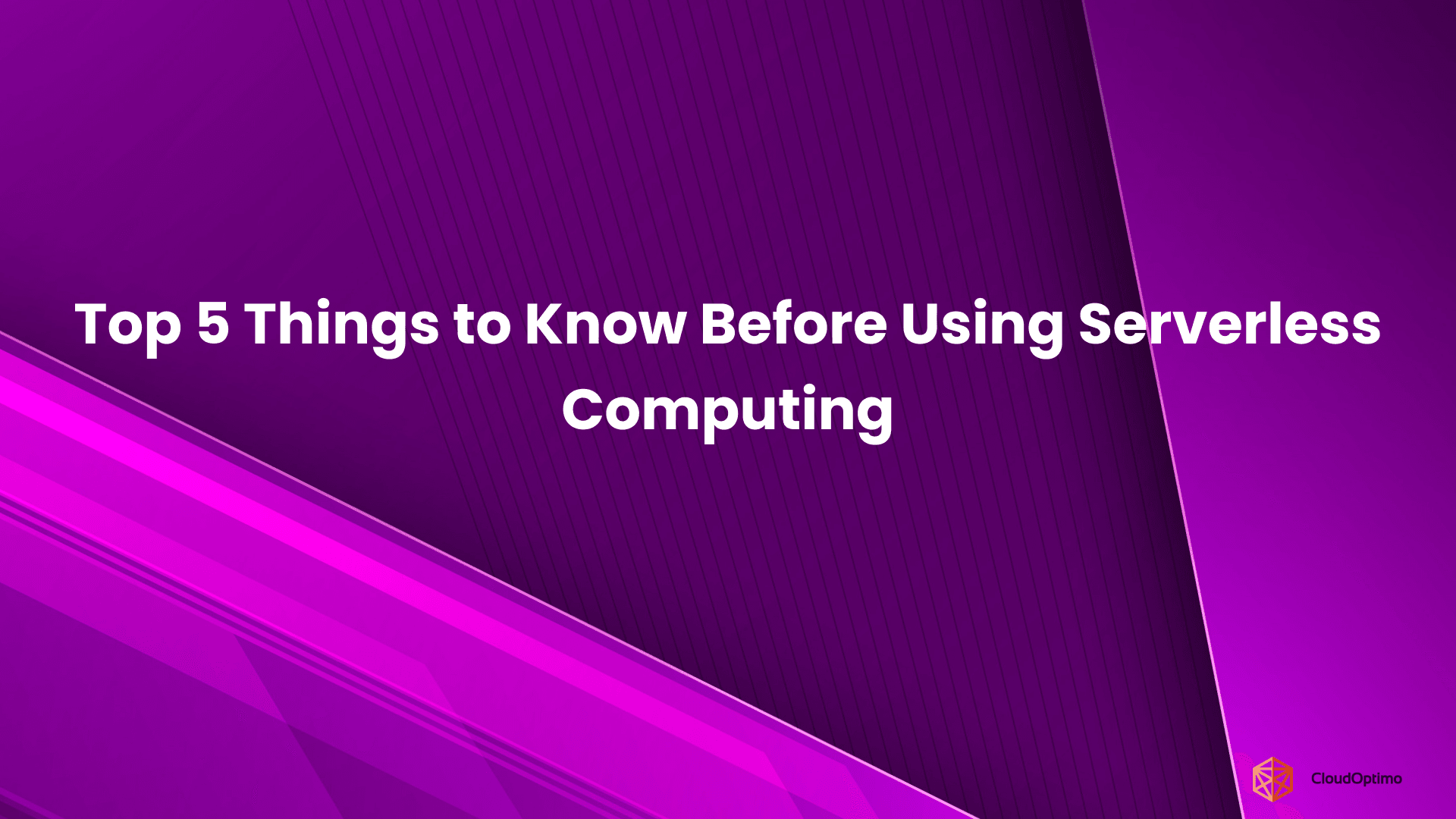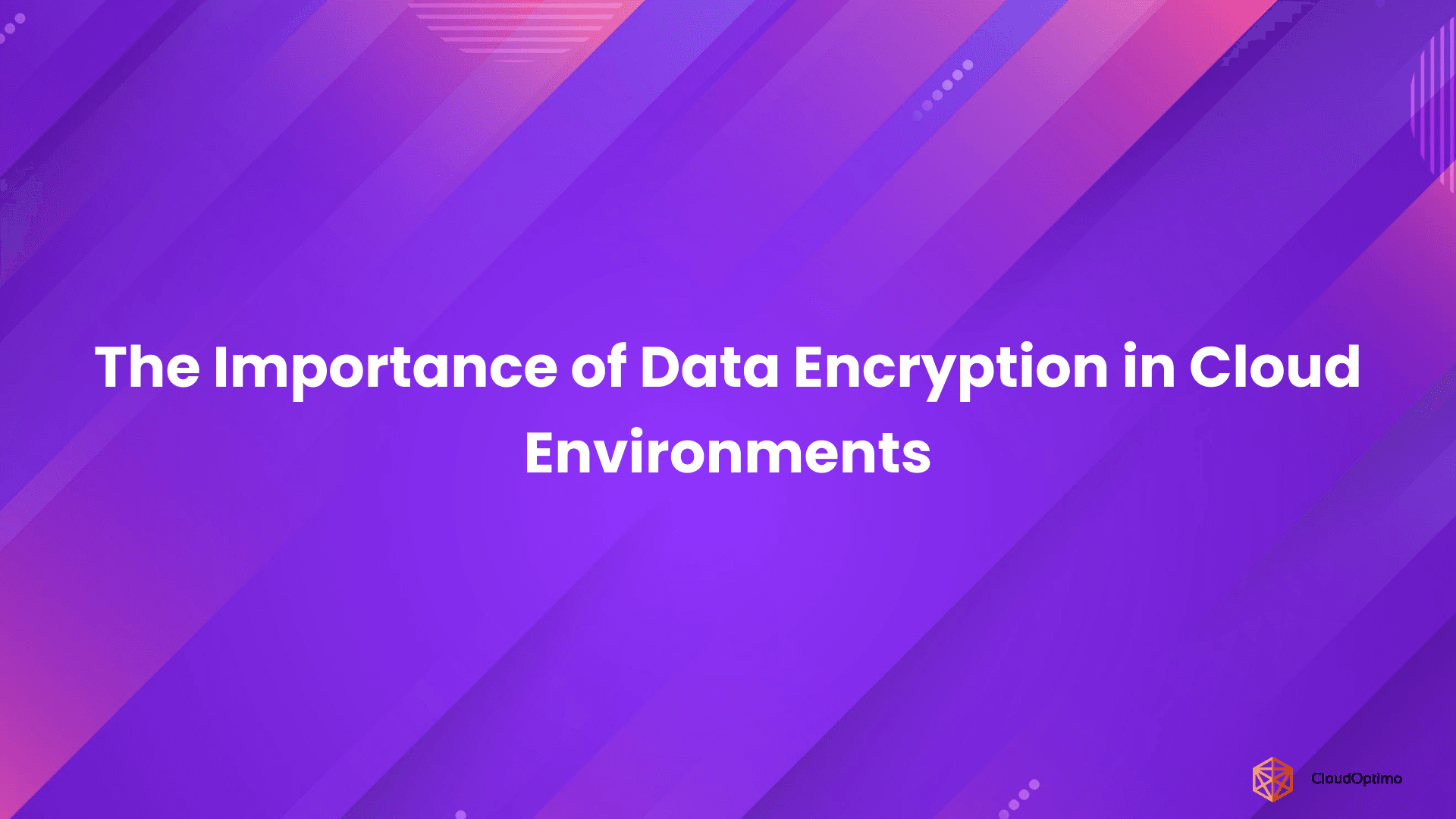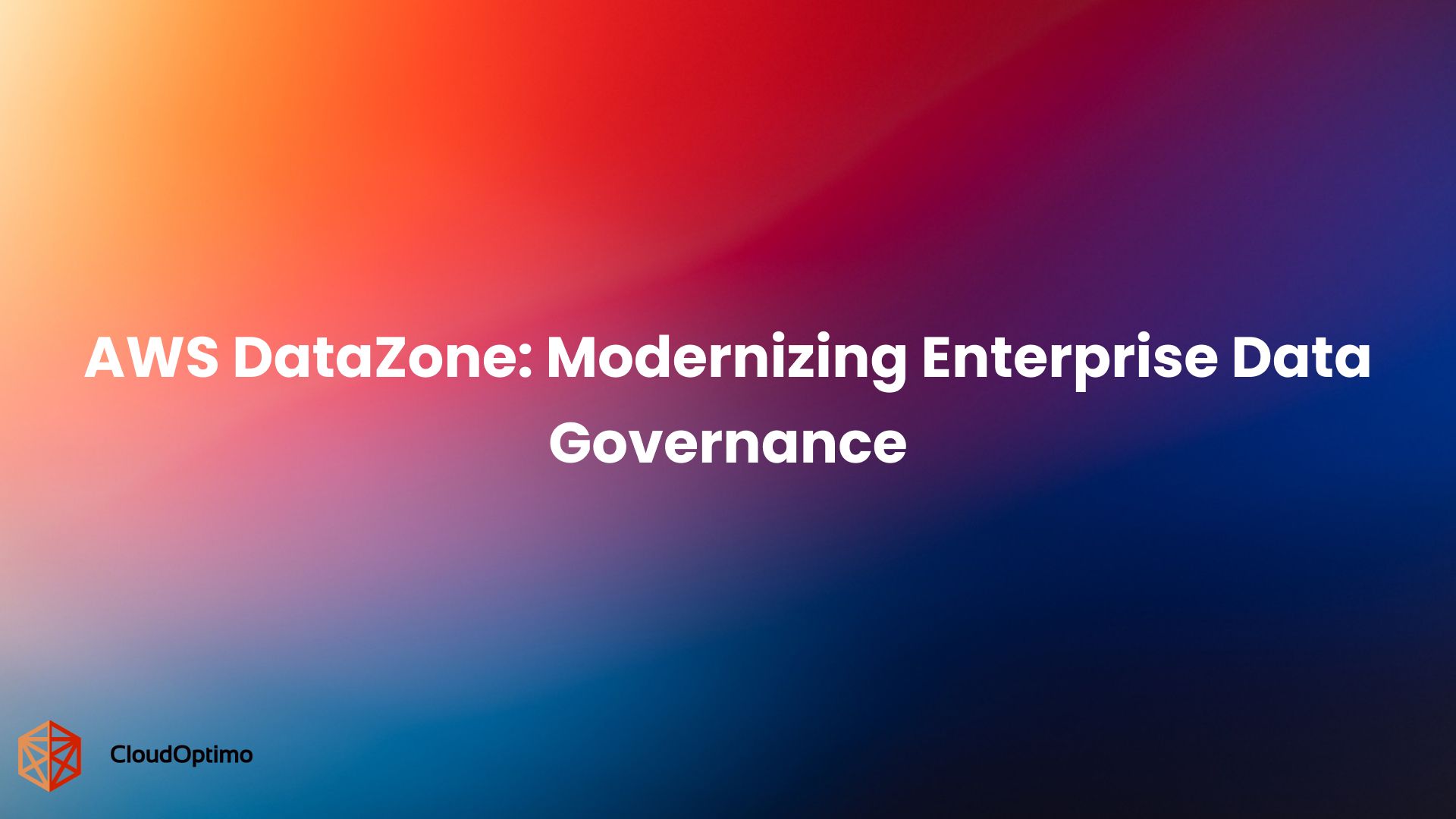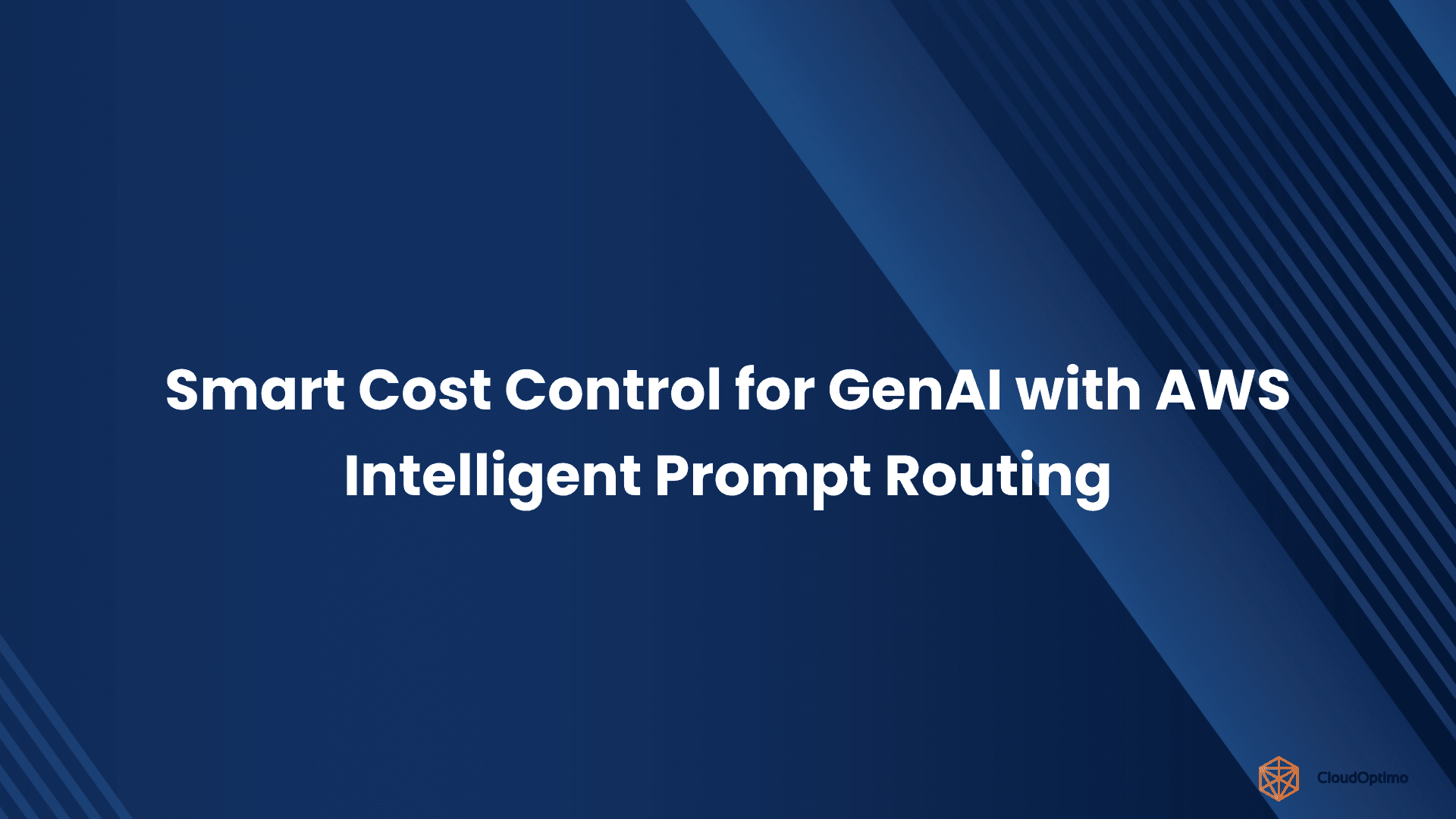1. Introduction
1.1 Why Cloud Interconnects Matter in Hybrid and Multi-Cloud
As enterprises adopt hybrid and multi-cloud architectures, the reliability and performance of connectivity between on-premises data centers and public cloud services becomes critical. Cloud interconnects—such as Azure ExpressRoute and AWS Direct Connect—offer private, dedicated network connections that bypass the public internet. These connections enable consistent bandwidth, lower latency, improved security, and better control over traffic flows, making them essential for mission-critical workloads, regulatory compliance, and real-time applications.
1.2 Overview of Private Connectivity vs. Public Internet
Public internet-based cloud access is sufficient for many general-purpose use cases, but it introduces variable latency, congestion, and security risks. In contrast, private interconnects establish a direct line between enterprise networks and cloud providers, avoiding the unpredictability of internet routing. These interconnects often provide Service Level Agreements (SLAs) and higher throughput, and are typically integrated with enterprise-grade WAN or MPLS networks. They form the backbone for enterprise-grade cloud deployments.
2. What Is Azure ExpressRoute?
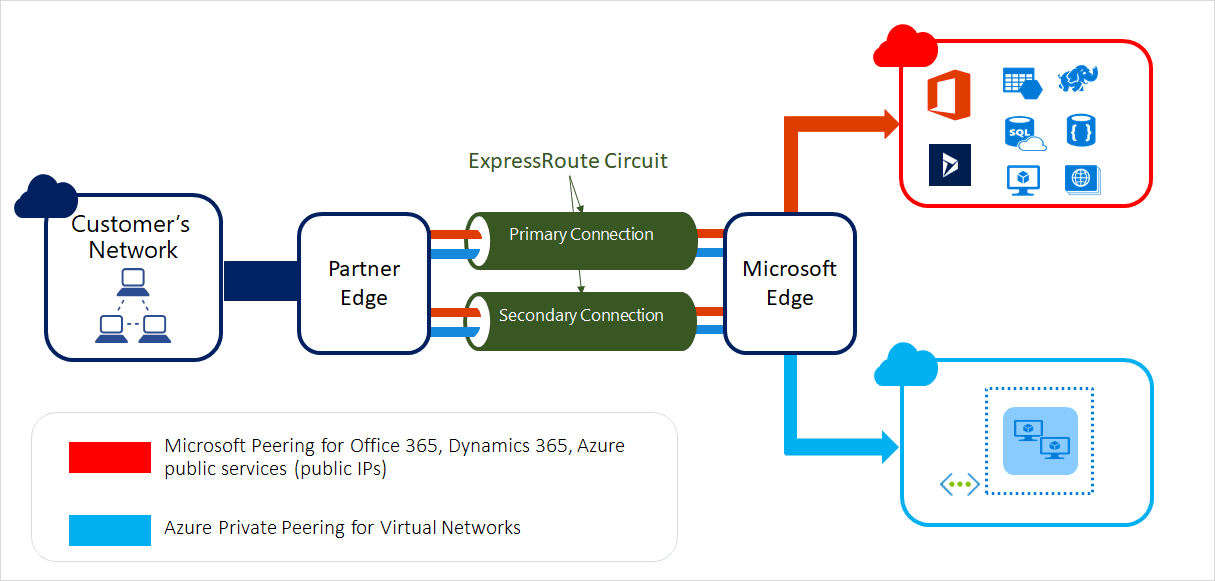
Source - Azure
2.1 Definition and Core Concepts
Azure ExpressRoute is Microsoft Azure’s dedicated network offering that allows organizations to extend their on-premises infrastructure into the Azure cloud over a private, high-throughput connection. Unlike standard VPNs that route traffic over the public internet, ExpressRoute creates a layer 3 (IP-based) or layer 2 connection to Microsoft’s global network, enabling more secure and reliable access to Azure services.
2.2 How ExpressRoute Works
ExpressRoute connections are provisioned through network service providers or exchange partners. The connection is established at a colocation facility or via a provider’s edge location. The traffic from an enterprise’s router enters the provider’s network and is routed to Azure’s backbone, completely bypassing the public internet. Organizations can peer with different Azure service endpoints depending on their use case, offering flexible routing control.
2.3 Connectivity Models (Private, Microsoft, and Public Peering)
ExpressRoute supports three main peering types:
- Private Peering: Connects to Azure virtual networks (VNets) for accessing IaaS services (e.g., VMs, databases).
- Microsoft Peering: Provides access to Microsoft SaaS services like Office 365, Dynamics 365, and Azure PaaS endpoints.
- Public Peering: (Deprecated in favor of Microsoft Peering) previously allowed access to Azure public services but is now consolidated.
These models offer granular control over what services are reachable via ExpressRoute and how traffic is segmented.
2.4 Key Features and Service Tiers
ExpressRoute offers the following key capabilities:
- Bandwidth options ranging from 50 Mbps to 100 Gbps.
- Redundant connectivity with built-in high availability at each peering location.
- Global reach for connecting to Azure regions across continents via ExpressRoute Global Reach.
- QoS and SLA-backed performance for enterprise workloads.
Microsoft also offers ExpressRoute Direct for dual 100 Gbps ports and ExpressRoute FastPath for improved data path performance in high-throughput scenarios.
2.5 Supported Scenarios and Use Cases
Common use cases for ExpressRoute include:
- Disaster recovery with predictable failover times and network behavior.
- Hybrid application hosting, where backend services remain on-prem while leveraging Azure for front-end scalability.
- Compliance-heavy industries (e.g., healthcare, finance) requiring dedicated lines for data protection.
- Large-scale data transfers, such as backups or analytics ingestion, where internet links are insufficient.
3. What Is AWS Direct Connect?

Source - AWS
3.1 Definition and Core Concepts
AWS Direct Connect is Amazon Web Services’ solution for establishing dedicated, private network connections between an organization’s on-premises environment and AWS. It bypasses the internet and enables high-bandwidth, low-latency connectivity, which is especially useful for workloads sensitive to performance or data security. Direct Connect integrates directly with AWS services hosted in a specific region or global infrastructure.
3.2 How Direct Connect Works
Direct Connect operates through Direct Connect locations, which are essentially colocation facilities where AWS maintains edge routers. Organizations can provision a dedicated connection (hosted directly by AWS) or a hosted connection via an AWS Partner Network (APN) service provider. From there, traffic enters the AWS backbone network and is routed to Virtual Private Clouds (VPCs) or public AWS services.
The connectivity is terminated on a virtual interface (VIF), which controls how traffic is handled once it reaches AWS.
3.3 Virtual Interfaces (Private VIF, Public VIF, Transit VIF)
AWS Direct Connect uses three VIF types:
- Private VIF: Connects directly to VPCs using AWS Direct Connect Gateway or Virtual Private Gateway for internal workloads.
- Public VIF: Grants access to AWS public endpoints (e.g., S3, DynamoDB) via AWS backbone.
- Transit VIF: Enables scalable, hub-and-spoke architecture using AWS Transit Gateway for connecting multiple VPCs and on-prem networks.
Each VIF provides distinct routing behavior and is selected based on the use case.
3.4 Key Features and Service Options
Core features of Direct Connect include:
- Bandwidth options from 50 Mbps to 100 Gbps.
- Dedicated and hosted connection modes for flexibility in provisioning.
- MACsec encryption support for link-layer security (where available).
- High availability using redundant connections and BGP failover support.
- Direct Connect Gateway for connecting across regions or multiple accounts.
AWS offers link aggregation groups (LAGs) for combining multiple connections to increase throughput and resiliency.
3.5 Supported Scenarios and Use Cases
Typical scenarios for AWS Direct Connect include:
- Enterprise-grade hybrid cloud setups with critical production workloads.
- Large data migrations or backups, reducing dependence on the public internet.
- Performance-sensitive applications like real-time analytics or video streaming.
- VPC peering across multiple regions, particularly with complex multi-account AWS environments.
4. Core Differences Between ExpressRoute and Direct Connect
| Feature | Azure ExpressRoute | AWS Direct Connect |
| Connectivity Model | Layer 3 (IP-based) or Layer 2 (Ethernet) via connectivity providers | Layer 2 (Ethernet) or Layer 3 (IP) via AWS or partner locations |
| Peering Options | Private, Microsoft, and Public Peering | Private VIF, Public VIF, and Transit VIF |
| Global Reach | Available with ExpressRoute Premium add-on, enabling global connectivity | Available via Direct Connect Gateway for multi-region or multi-account connectivity |
| Redundancy & SLA | Built-in redundancy at each peering location; connection uptime SLA | Redundant connections supported; SLAs vary based on connection type and provider |
| Routing Protocol | BGP (Border Gateway Protocol) | BGP (Border Gateway Protocol) |
| Integration with Cloud Services | Seamless integration with Azure services across regions; Microsoft Peering for SaaS access | Seamless integration with AWS services; Public VIF for SaaS access |
4.1 Architecture and Connectivity Model
- Azure ExpressRoute: Utilizes Layer 3 (IP-based) or Layer 2 (Ethernet) connections through connectivity providers. Offers multiple peering options—Private, Microsoft, and Public Peering—allowing granular control over traffic routing and service access.
- AWS Direct Connect: Provides Layer 2 (Ethernet) or Layer 3 (IP) connections via AWS or partner locations. Offers three types of Virtual Interfaces (VIFs): Private VIF for VPC access, Public VIF for AWS public services, and Transit VIF for multi-region or multi-account connectivity.
4.2 Network Segmentation and Routing
Both services support Border Gateway Protocol (BGP) for dynamic routing, enabling automatic route advertisement and failover. However, the specific routing capabilities and configurations may vary, offering different levels of control and flexibility based on the service and region.
4.3 Bandwidth and Throughput Capabilities
| Bandwidth Option | Azure ExpressRoute | AWS Direct Connect |
| 1 Gbps | Available | Available |
| 2 Gbps | Available | Available |
| 5 Gbps | Available | Available |
| 10 Gbps | Available | Available |
| 100 Gbps | Available with Direct | Available with Direct |
4.4 Service Availability and Global Reach
- Azure ExpressRoute: Offers global connectivity through the ExpressRoute Premium add-on, enabling access to Microsoft cloud services across all regions. Local connectivity is available through the Local SKU for cost-effective data transfer within a specific region.
- AWS Direct Connect: Provides global reach via Direct Connect Gateway, allowing connections to multiple VPCs across different regions or accounts. Supports both dedicated and hosted connections, offering flexibility in deployment.
4.5 Integration with Cloud Services
- Azure ExpressRoute: Seamlessly integrates with Azure services across regions. Microsoft Peering allows access to SaaS offerings like Office 365 and Dynamics 365.
- AWS Direct Connect: Integrates with AWS services, including VPCs and public endpoints. Public VIF enables access to AWS public services, while Transit VIF facilitates multi-region or multi-account connectivity.
5. Performance, Security, and Reliability Comparison
| Aspect | Azure ExpressRoute | AWS Direct Connect |
| Latency | Low latency with predictable performance; suitable for latency-sensitive applications | Low latency with consistent performance; optimized for high-throughput workloads |
| Security | Supports Quality of Service (QoS) for Skype for Business; private connectivity ensures data security | Offers MACsec encryption for data in transit; private connectivity enhances security |
| SLAs & Availability | Connection uptime SLA; built-in redundancy at peering locations | SLAs vary based on connection type and provider; supports redundant connections |
| Failover Mechanisms | Automatic failover supported; BGP routing ensures path redundancy | Supports BGP routing for automatic failover; redundant connections recommended |
5.1 Latency and QoS Considerations
Both services offer low-latency connections suitable for real-time applications. Azure ExpressRoute supports Quality of Service (QoS) for applications like Skype for Business, ensuring consistent performance. AWS Direct Connect provides consistent performance, optimized for high-throughput workloads.
5.2 Encryption and Security Protocols
- Azure ExpressRoute: Provides private connectivity, ensuring data security by bypassing the public internet. Supports QoS for applications requiring guaranteed performance.
- AWS Direct Connect: Offers MACsec encryption for data in transit, enhancing security. Private connectivity ensures data does not traverse the public internet.
5.3 SLAs and High Availability Features
- Azure ExpressRoute: Offers a connection uptime SLA and built-in redundancy at each peering location, ensuring high availability.
- AWS Direct Connect: SLAs vary based on connection type and provider. Redundant connections are supported to enhance availability.
5.4 Failover and Redundancy Mechanisms
Both services support BGP routing for automatic failover, ensuring continuous connectivity. Redundant connections are recommended to enhance reliability and availability.
6. Pricing and Cost Considerations
6.1 ExpressRoute Pricing Model
Azure ExpressRoute offers two pricing models:
- Metered Data Plan: Charges based on outbound data transfer. Inbound data transfer is free. Outbound data transfer pricing varies by zone, ranging from $0.025 to $0.14 per GB.
- Unlimited Data Plan: Includes all inbound and outbound data transfer charges in a fixed monthly port fee. Prices for port pairs range from $6,000 to $250,000 per month, depending on bandwidth and region.
6.2 Direct Connect Pricing Model
AWS Direct Connect pricing consists of:
- Port Hour Charges: Based on connection type (dedicated or hosted) and capacity. For example, a 2 Gbps hosted connection may cost $0.66 per hour, totaling approximately $963.60 per month.
- Data Transfer Out (DTO) Charges: Vary by AWS region. For instance, data transfer out from the US East (Ohio) region may cost $0.02 per GB.
- SiteLink Charges: For data transfer between Direct Connect locations, SiteLink charges apply. For example, data transfer between New York and Amsterdam may cost $0.0282 per GB.
6.3 Hidden Costs and Common Pitfalls
- ExpressRoute: Additional charges may apply for Virtual Network Gateways, Global Reach add-ons, and data transfer between regions.
7. Choosing the Right Option
7.1 Decision Criteria Based on Use Case
Choosing between Azure ExpressRoute and AWS Direct Connect should begin with evaluating the primary business objective. If the goal is tight integration with Microsoft services (e.g., Office 365, Dynamics, Azure SQL), ExpressRoute offers more tailored peering models. On the other hand, AWS Direct Connect is typically a better fit for high-volume AWS workloads, especially where multi-account or multi-region VPC connectivity is required.
Other critical factors include:
- Data residency requirements
- Application latency sensitivity
- Internal network architecture (hub-and-spoke vs. mesh)
- Capacity planning and cost structure
7.2 Considerations for Hybrid Cloud
For organizations integrating on-premises infrastructure with cloud workloads, both services enable consistent and secure hybrid architectures. ExpressRoute often fits well in Windows-heavy environments or where services like Active Directory, Azure Arc, or hybrid Kubernetes are in use. Direct Connect suits AWS-heavy deployments, such as those built on ECS, EKS, or EC2 with tight integration into internal systems.
Key hybrid features to consider:
- Site-to-site VPN fallback
- Direct access to private IP spaces
- Integration with SD-WAN or MPLS backbones
7.3 Considerations for Multi-Cloud Setups
Multi-cloud environments, where workloads span across Azure, AWS, and sometimes GCP, introduce additional complexity. While neither ExpressRoute nor Direct Connect provides native cross-cloud interconnection, they can both act as building blocks in a broader multi-cloud networking strategy.
Here, third-party platforms (e.g., Megaport, Equinix Fabric, Alkira) are commonly used to bridge traffic between cloud providers while leveraging ExpressRoute and Direct Connect as edge ingress points.
7.4 When to Use Both (Coexistence and Interoperability)
Some enterprises choose to implement both ExpressRoute and Direct Connect for different domains or business units. For instance:
- Use ExpressRoute for M365 access, Azure Data Lake, and centralized identity management
- Use Direct Connect for AWS-hosted applications, analytics, or global CDN operations
This coexistence is most common in regulated industries or multinational enterprises with diverse IT footprints. Interoperability is achieved by routing traffic through colocation hubs, shared WAN fabrics, or virtual routers.
8. Real-world Use Cases and Case Studies
8.1 Enterprise Network Modernization
A global manufacturer migrating its legacy ERP systems to the cloud might use ExpressRoute to extend its MPLS network into Azure. This ensures its internal users across different factories access services without relying on the public internet, improving latency and reducing potential downtime.
Similarly, a digital-native company optimizing its API infrastructure might use Direct Connect to provide low-latency, secure access to AWS Lambda and RDS instances directly from its on-prem CI/CD tooling.
8.2 Disaster Recovery and Business Continuity
In scenarios where Recovery Time Objective (RTO) and Recovery Point Objective (RPO) are tightly constrained, private interconnects offer predictable bandwidth for replication and failover. For example, a financial institution may use ExpressRoute to sync SQL Server backups between on-prem and Azure Blob Storage. AWS customers often leverage Direct Connect for cross-region failover from on-prem to AWS or between VPCs.
These use cases benefit from built-in redundancy, predictable performance, and better control compared to internet VPNs.
8.3 Compliance-driven Architectures
Organizations in healthcare, finance, or government often have strict data residency and transfer policies. A healthcare SaaS provider may use ExpressRoute to ensure Protected Health Information (PHI) never traverses public networks. Direct Connect is similarly used to support HIPAA, PCI-DSS, or FedRAMP workloads hosted on AWS GovCloud, where compliance depends on dedicated connectivity and network isolation.
8.4 Global Application Deployment
A streaming service with a global user base might use both services to optimize edge performance. For example, content uploaders in Asia might push videos through ExpressRoute to Azure CDN services, while playback APIs run on AWS and are reached through Direct Connect. By strategically placing data ingress and egress points across continents, latency can be significantly minimized and cross-cloud traffic can be optimized.
9. Future Trends in Cloud Interconnectivity
9.1 SD-WAN and Network-as-a-Service Integration
The convergence of SD-WAN technologies with cloud interconnects is shaping the future of enterprise networking. Tools like Cisco SD-WAN, VMware SASE, and Prisma Access are increasingly able to route traffic intelligently over ExpressRoute or Direct Connect, depending on real-time network conditions. This reduces manual route configuration and accelerates cloud onboarding for distributed teams.
9.2 Unified Multi-Cloud Networking Platforms
The emergence of cloud-neutral interconnect fabrics such as Megaport, PacketFabric, and Equinix Fabric is addressing the challenge of multi-cloud routing. These platforms allow enterprises to spin up virtual connections to multiple clouds, reducing dependency on physical provisioning. They act as a control layer over native interconnects, simplifying operations across Azure, AWS, and GCP.
Additionally, network orchestration tools like Aviatrix, Alkira, and Prosimo are enabling cloud-wide routing and security policies, making network segmentation and policy enforcement easier to manage at scale.
9.3 AI-Optimized Routing and Dynamic Bandwidth Allocation
AI and ML are increasingly being applied to optimize traffic flows, predict congestion, and automate failover. These capabilities allow interconnect services to dynamically scale bandwidth, route around outages, and enforce SLAs proactively. Though still early in adoption, these technologies promise to enhance interconnect reliability and efficiency in the coming years.
9.4 Regulatory and Compliance Evolutions
As data localization laws become more stringent globally, cloud interconnects will play a larger role in enforcing compliance. Interconnect providers may need to offer more granular controls around traffic isolation, region-specific routing, and auditability. We are already seeing early signs of this in regions like the EU (GDPR), India (DPDP), and the Middle East, where regulatory frameworks demand localized data handling.
10. Conclusion
10.1 Summary of Key Differences and Recommendations
Azure ExpressRoute and AWS Direct Connect both provide private, high-performance connections between enterprise networks and the cloud. While similar in purpose, they differ in design, routing models, pricing, and regional capabilities.
| Factor | Azure ExpressRoute | AWS Direct Connect |
| Best for | Microsoft SaaS/PaaS integration, hybrid IT environments | High-throughput AWS workloads, VPC-centric networking |
| Routing Model | Multiple peering types (Private, Microsoft) | VIF-based model (Private, Public, Transit) |
| Global Reach | ExpressRoute Premium needed for cross-region | Direct Connect Gateway enables global access |
| Security | Private routing, QoS support | Private routing, optional MACsec encryption |
| Pricing Model | Port fee + metered/unlimited data plans | Port-hour + per-GB data transfer charges |
If your workloads are tied to Microsoft platforms, ExpressRoute offers more seamless service access. For deep AWS integration, Direct Connect enables flexible, scalable connectivity across regions and accounts.
10.2 Final Thoughts on Long-Term Interconnect Strategy
Private interconnects offer more than raw performance—they deliver stability, security, and operational control, essential for critical workloads and compliance needs. As cloud adoption deepens and architectures become more distributed, services like ExpressRoute and Direct Connect will be foundational.
Many organizations benefit from using both in tandem, especially when combined with third-party platforms to manage multi-cloud or hybrid networks. Choosing the right solution—or combination—requires balancing current workloads with future scalability and governance needs.

